In his book about Steely Dan’s Aja, published in 2007 as part of the 33⅓ series, Don Breithaupt set out to shed light on a notoriously elusive subject: the intricate mechanisms behind Walter Becker and Donald Fagen’s songcraft.
“I went to the publisher and told them that I didn’t think that I could write about the record without getting into music theory,” the Canadian singer-songwriter told me. “I felt that if I didn’t talk about it, I’d be skipping one of the important aspects of Steely Dan. And honestly, I didn’t mind the book serving as a gateway drug to music theory.”
Lucky for Breithaupt, Fagen blessed him with a lengthy sit-down interview, during which the maestro opened up about the particulars of chord voicings, arranging methodology, and other musical minutiae. “He told me a lot of stuff specific to the songs on that record that I’d never heard anywhere else,” Breithaupt said. “I got the sense that no one had asked him about it before, because rock interviews tend to be so superficial.”
Breithaupt and I first spoke in December 2022. Since then, I’ve kept the interview in my back pocket, waiting for the right time to publish it. Today the moment finally arrived, as Breithaupt’s jazz-pop outfit Monkey House released their seventh album, Crashbox. It includes guest appearances by trumpeter Michael Leonhart, a longtime member of the Steely Dan band, and Drew Zingg, the former Steely Dan guitarist who died at 68 in April, in what may be one of his final performances on record.
Presented alongside our conversation is a mixtape Breithaupt curated, featuring an eclectic bunch of songs that he said influenced Monkey House’s previous album, Remember the Audio; the playlist follows the Q&A.
Buy Aja by Don Breithaupt and Crashbox by Monkey House.
When you were working on the Aja book, I understand it took a long time to lock down an interview with Donald Fagen.
In this business, you never know when you’re giving somebody the right kind of elevator pitch. When I got the agreement from the publisher to write the book, it was probably late 2005 or early 2006, in the period between Steely Dan’s Everything Must Go and Fagen’s solo album Morph the Cat. Fagen’s manager, Irving Azoff, explained to me, “Donald doesn’t really do sit-down interviews, especially long ones when he’s got nothing to promote.” Eventually I got hooked up, through sheer persistence with an assistant at Azoff’s office. I wasn’t calling every day or being an asshole or anything, but certainly Azoff knew I wasn’t going to go away. At one point I said, “Look, tell Fagen, I’m not going to ask any asshole questions, like ‘How did you meet Walter?’ or ‘What do you write first, the lyrics or the music?’”—the same stuff that they were always asked. I said, “Tell him I want to talk about the nuts and bolts of writing the songs on Aja.” I think that’s what finally sold Fagen on the idea that he wasn’t going to have to sit through a typical interview.
Azoff gave me a date and time, and I said I’d get to New York for that date and time. It was shortly after [Fagen’s studio] River Sound had sort of dissolved, so we met in a different studio in another part of Manhattan. He said he would talk to me for an hour, which I thought was generous. So I went to see him, being very intimidated, of course, because he’s been known to intimidate interviewers. But he was super welcoming and really friendly and made me a cup of tea. We sat there in his office and writing studio, and chatted away. I had two voice recorders going to make sure that our conversation would be immortalized. We were having a good chat. Two hours and change went by before he even thought about what time it was.
As you’re sitting there and Donald Fagen is making you tea, are you pinching yourself?
Of course, there’s an element of that. I also felt I was there to do something specific, and I had good notes on what I wanted to talk about. So I just kicked it off, and he was glad to go into detail on all of it. It wasn’t like I had to carry the conversation. I did five percent of the talking, and he did 95 percent.
Going back to your youth, how did you initially get into Steely Dan?
I grew up outside Toronto, the eldest of three boys. I was the sibling who was out there in the world trying to find the music to bring home to my little brothers. My parents were both extremely musical, with ability as singers and players, and they had big record collections, so I was raised with music around the house. I used to ride around our neighborhood with my transistor radio in the basket of the bike so I could listen to pop tunes. I remember riding along the street one day in early 1973. I had taken piano lessons and had started playing the drums, although it would be another year or two before I would get into writing songs. “Reelin’ in the Years” was a single on the radio. The song came on, and I pulled the bike over and went, OK, what the fuck is this? I can picture the exact spot where I sat on the curb, holding the radio and hearing that song. I wasn’t quite sure why the song was doing to me what it was doing, but it seemed really fresh. It spoke to me like no other music that had come out of that little radio ever had. The DJ did not mention who the artist was, so I walked around for a few weeks going, Wow, what was that? Will I ever hear it again? Finally, I did figure out who it was and bought the 45. As soon as I had enough spending money to buy LPs, I started buying Steely Dan LPs, along with some of the usual suspects at that time—the Beatles, Elton John, Chicago. Every penny of spending money that I had went toward buying records.
You later got a job at a record store?
My first part-time job, when I was 16, was at a little record shop in my local mall, and I happened to be working the night in 1977 when the boxes came in filled with Steely Dan’s new album, Aja. This was back in the day when information about which records were coming out was pretty hard to come by. I vaguely knew there was a new Steely Dan album in the works, but I didn’t know what the street date was. So that was a lovely shock. I remember opening the box with a razor blade and seeing the cover of Aja for the first time. It was so simple and so beautiful and uncluttered in a way that was different from so many of the other covers from the 1970s. It was very indicative of the pristine, beautifully organized music on the inside. It had come in a couple of days before it was supposed to be released. I took a copy home that night, and I don’t think it came off my turntable for months after.
When you’re writing music and hit a wall as anyone does occasionally, do you ever say to yourself, “What would Walter and Donald do here?”
That process is going on subconsciously with any songwriter. You have in your bag of tricks anything you’ve absorbed from your influences, and those are your ways out of those situations. I don’t frequently suffer from writer’s block. I’m blessed that way, I guess. But one of the reasons is that if you go deep with the music that you love on the theoretical side, it shows you pathways out of those creative dead ends without you even realizing it. If you’re steeped in Becker-Fagen or Lennon-McCartney or Joni Mitchell or whoever, you have more than one place to go harmonically, melodically, lyrically from anywhere you are in a song. You’re not stuck with three chords. You’re not stuck with a major scale. You’re not stuck with simple, dumb rhyming couplets. You have wired in these strategies that, without really planning to, you picked up from the music that you love the most. That’s not unique to me, although there’s maybe a little more depth, particularly on the harmonic side, with Steely Dan’s music than the typical ’70s or ’80s rock.
Kurt Vonnegut is, of course, a big deal to me as a writer, and he has a bag of tricks for getting to the next paragraph or the next section or the next idea. His tricks are a little cheekier than most. He’ll just blow the whole thing up or be funny or be vulgar or be cheap, and then he’ll draw attention to it. It’s almost like literary tricks plus stand-up comedy.
Becker and Fagen have said that, when writing lyrics, they were basically trying to make each other laugh, coming up with a line funnier than the one before it.
There’s an aspect to all their stuff that’s a bit tongue in cheek. When the two of them were interviewed at the same time, it was often sort of an escalating laugh-off, and it’s sometimes at the expense of actual information, which is why I was secretly glad when I did my Fagen interview that I wasn’t getting ganged up on by the two of them at the same time. That would not have been a fair fight.
When you started Monkey House, were you thinking along the lines of taking influences like Steely Dan and channeling them into your own compositions?
The way it started was I was working week in and week out for this studio in Toronto called Marigold Productions. I was frequently helping with songwriting or actually wholesale supplying the songs in some cases for people’s records. Most of them were in the pop-rock category. I would write songs full of all these left-of-center lyric ideas and jazz chords and funky grooves, and some people dug that and cut the songs, and some people thought, This is cool but a bit too weird for my project. So I ended up with a batch of songs that I had demos of myself singing but that had been turned down for other projects. Finally, Rich Dodson, who was the owner-operator of the studio said, “I think you’ve got an album’s worth of stuff here. Why don’t we make a record? Maybe you’re the artist.” That was the start of Monkey House. We very quickly found a guy at Aquarius Records in Montreal, who also happened to be a huge Steely Dan fan, and he really championed that first Monkey House album, got it distributed by EMI, and generally got it off the ground. It’s hard to believe that was 30 years ago.
By the way, that album, Welcome to the Club, from 1992, is hard to find.
I know it is. At some point, we’ll probably reissue it. The 30th anniversary would’ve been a good time to do that, but I’m not really thinking about the back catalog. I’m thinking about what we’re going to do next. But I do get requests for that album a lot, and I see it on eBay for hilariously high amounts of money, and I think to myself, I should be earning that money!
The album includes a cover of “Lazy Nina,” which was, of course, a Greg Phillinganes song penned by Donald Fagen. How did you end up deciding to do that one?
This was pre-internet, so not a lot of people knew about that song. I happened to know about it because I had picked up that Greg Phillinganes record, Pulse. I knew who Phillinganes was, because I was such a liner-notes nerd, and I was amazed that there was this Donald Fagen song that nobody knew about. Even Steely Dan fans generally didn’t know about it. So I had that in my back pocket, and I thought it would be a way to maybe start a conversation, add a little intrigue. Indeed, it did turn out to be one of the singles from that album, and a lot of radio stations actually thought it was Steely Dan or Donald Fagen. Len Friedman, who was administering Fagen’s publishing at the time, gave me the mechanical license to record that song.
When you interviewed Fagen, did you get a sense that he was aware of Monkey House?
I know he was aware of Monkey House because my buddy Pete Fogel had sent a Monkey House record to someone at River Sound, and they ended up playing it in the studio on the big speakers, which was really cool. Word came back to me that Fagen liked what we had done, which was nice. Another time I was in New York to cover the Rock and Roll Hall of Fame induction in 2001, which happened to be the year that Steely Dan got in. My brother, who’s also a writer, and I ended up at the Waldorf after the whole thing was over. We were in a little scrum that included the two of us, Paul Simon and his brother Eddie, Peter Asher, and Donald Fagen and Libby Titus. We were standing in the lobby of the hotel chatting away for a good half hour. That was pretty surreal. I mentioned that during the interview, and he remembered it.
Even though you love Steely Dan and the Doobie Brothers and their ilk, Monkey House doesn’t fit neatly into what’s now called yacht rock.
I don’t love Monkey House being called smooth jazz or yacht rock. In my mind, I’m just writing pop songs that happen to have a slightly different menu of chords and grooves and ideas than what’s considered pop now. But in my mind, it’s all just pop. I like State Cows. And Young Gun Silver Fox—they’ve got that absolute West Coast thing going on, which is great. I actually hear a lot of America influence with Young Gun Silver Fox, because the vocal harmonies are such a key part of their sound. They’re really good songwriters and the production is lovely and worthy of their influences. It’s so refreshing to hear new music that’s in that bag instead of having to spin 30- and 40-year-old records all the time.
These days when you reach for a Steely Dan album, is there one that you’ve been spinning more than others?
When you’re a fan of a band, your favorite album changes every day. But the one I’ve been going back to lately a lot is Katy Lied. It’s hard to beat the songwriting on that album. And I find it to be a great vocal workout, so even if I’m doing something else, like driving, I can put that on and wail away. From a production standpoint, you’d have to put Aja or Gaucho at the top, or maybe The Nightfly, if you go outside of what’s technically Steely Dan. But I have a lot of warm fuzzies for Katy Lied. Even the songs that nobody talks about, like “Rose Darling,” are really close to my heart.
Don’t you wish you could listen to a version of Katy Lied uncompromised by the dbx noise-reduction disaster?
You can hear on that record that it’s not quite right. Even comparing it to The Royal Scam, which was right after it, the difference in the fidelity is pretty dramatic. The dbx encoding was bad, and so when they recalled what they had tracked to mix it, stuff was coming up with high end missing and weird things like that. If only there was a clean two-inch recording of that album with no noise reduction on it, I’d love to hear what it would sound like.










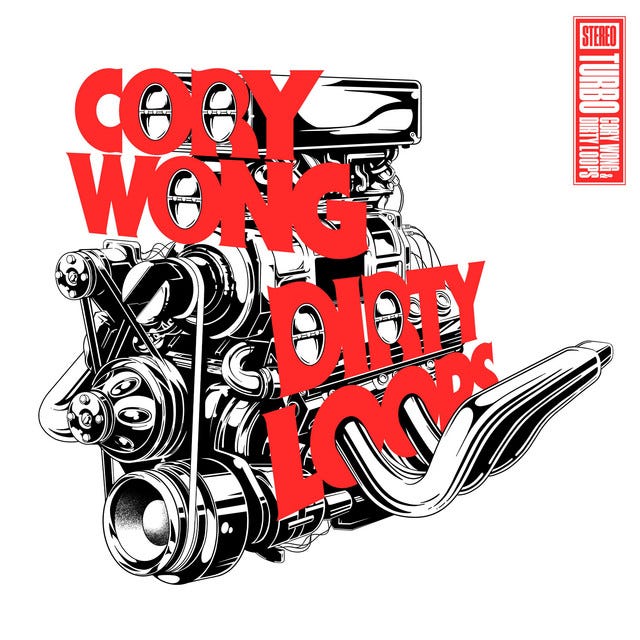
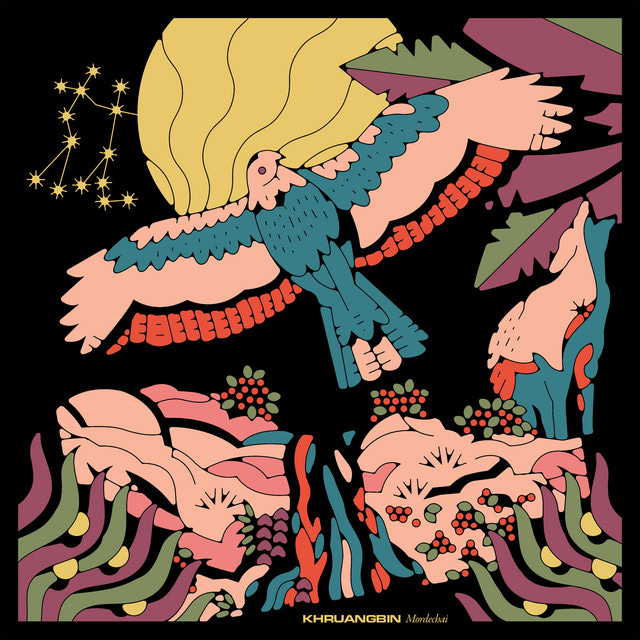

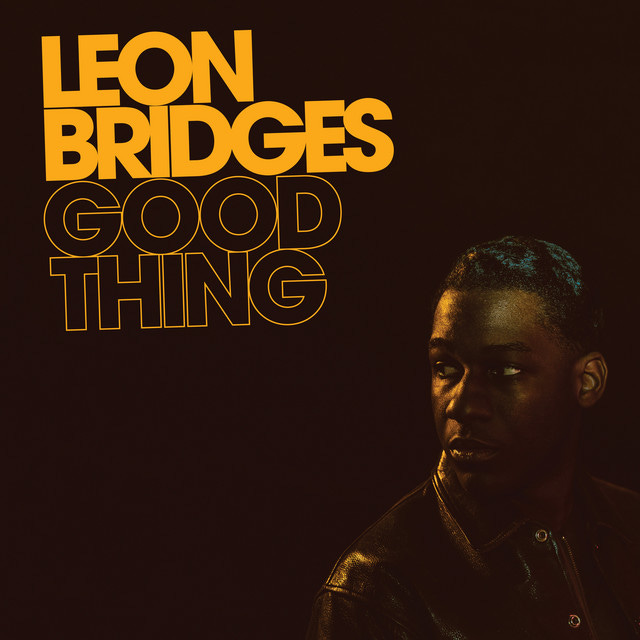
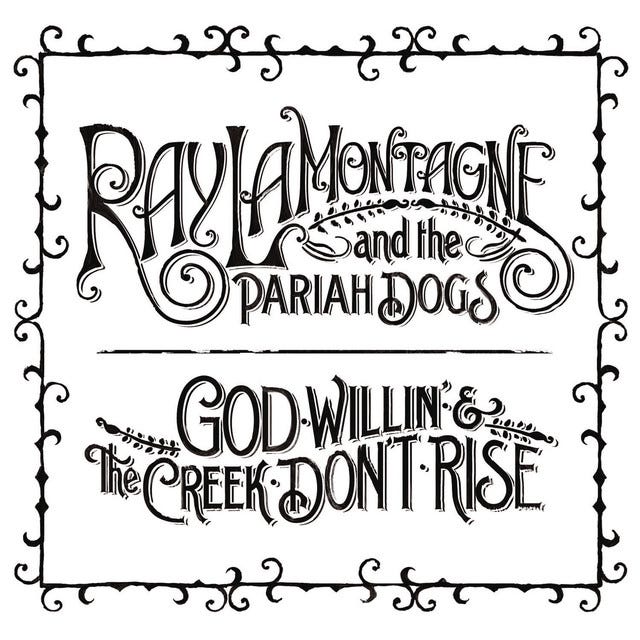
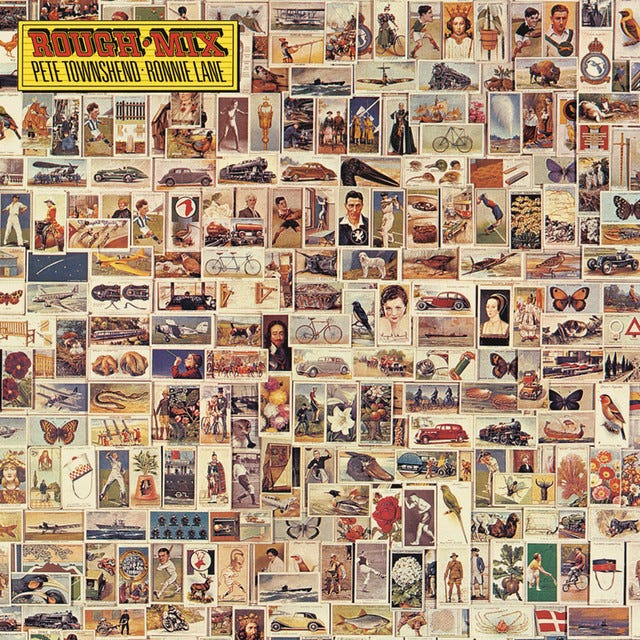
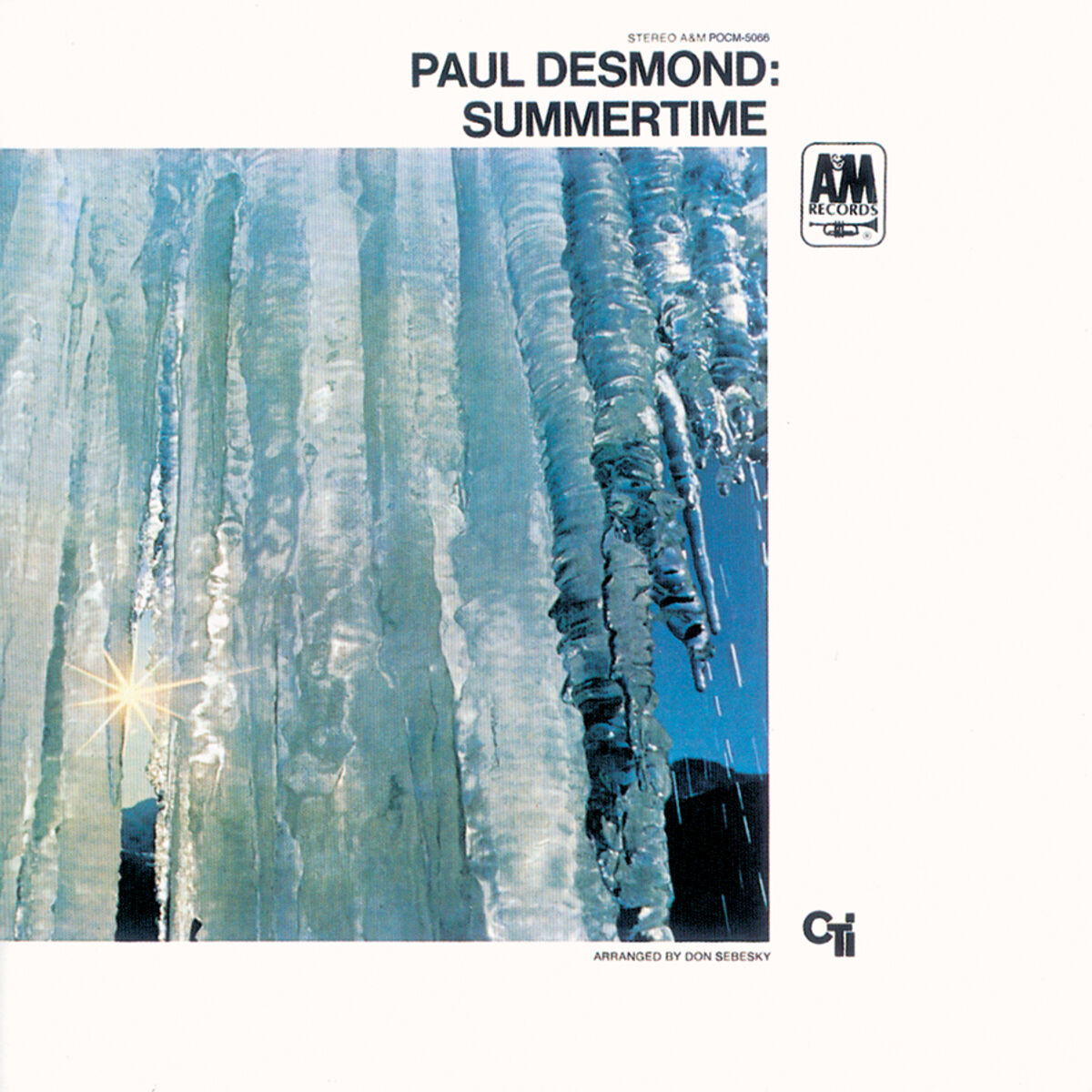

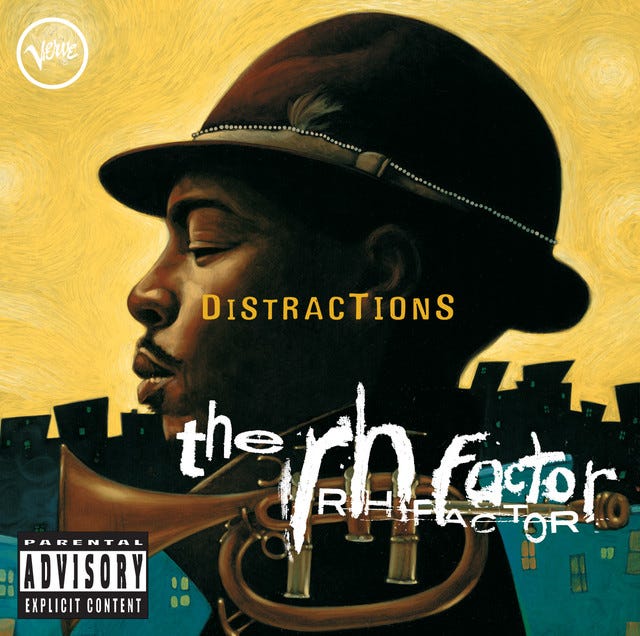









Share this post